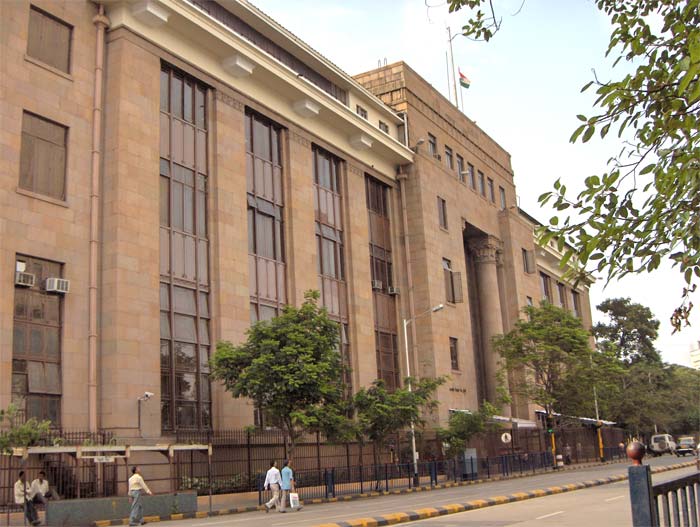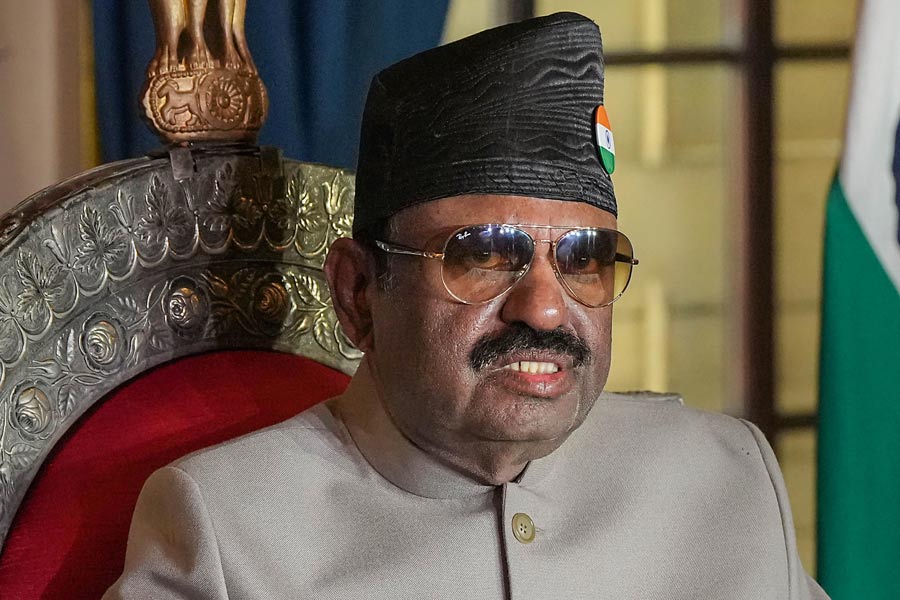The Reserve Bank of India on Friday slashed its full-year growth forecast to 6.1 per cent from 6.9 per cent in August, fanning fears that the Indian economy is headed for a meltdown this year and could register its slowest rate of growth since the 5.5 per cent recorded in 2012-13.
This is the sharpest cut in the annual growth forecast that the RBI has ever made.
Growth had tumbled to a six-year low of 5 per cent in the first quarter ended June 30. The central bank had forecast growth in the second quarter (July-September) at 5.3 per cent.
The near-term forecasts have also been trimmed with growth in the second half of the year (October-March) anticipated in a range of 6.6-7.2 per cent, down from 7.3-7.5 per cent earlier. GDP growth for the first quarter of 2020-21 has also been revised downwards to 7.2 per cent from 7.4 per cent earlier.
In its monetary policy report which accompanies the policy statement, the RBI said the near-term outlook for the Indian economy was fraught with several risks.
“Private consumption, which had all along supported economic activity, is beginning to slow down due to a host of factors…. The performance of large employment generating sectors such as automobile and real estate remains less than satisfactory,” the report said.
In a terse note, the finance ministry merely said that it had taken note of the RBI’s lowball forecast — along with those made earlier by the
International Monetary Fund (IMF) and the Asian Development Bank (ADB) — and hoped that the rate cuts would complement recent measures it had taken to spur growth.
The gloomy forecast darkened sentiment on the stock markets which sent the Sensex skidding to a low of 37,633.36 after a strong start in morning.
The bellwether index closed at 37,673.31, down 433.56 points or 1.14 per cent.
Rate cut
The RBI cut the policy interest rate — the repo — by another 25 basis points to 5.15 per cent which was broadly in line with the market’s expectation but it failed to buoy sentiment.
RBI governor Shaktikanta Das said the central bank was prepared to cut rates further but refused to commit to a floor rate for the repo.
The policy interest rate had been slashed to its lowest level of 4.75 per cent on April 21, 2009 when the central bank under then Governor Duvvuri Subbarao had scrambled to counter the crippling impact of the global financial crisis.
Das ducked the question when a reporter asked him at a post-policy briefing whether that level would serve as the lower bound for the current cycle of rate cuts that began in February this year.
The central bank has cut rates by 135 points since then in a valiant – but largely ineffectual – attempt to reignite growth in a stuttering economy.
Banks, however, have failed to keep pace with their weighted average lending rate down by just 29 basis points.
“We have now cut the policy rate by 135 basis points. One has to see its impact. It does take time for its impact in the real economy,” Das said.
Cheaper loans
The latest cut in the policy interest rate has raised the prospect of cheaper home, car and personal loans for new borrowers.
The RBI promised to speed up lending rate cuts by banks which were recently directed to link floating rate loans to an external benchmark.
But it still left one question hanging in the air: would the RBI’s fifth successive rate cut this year be enough to pull the economy out of an excruciating slowdown that has been punctuated by a fall in private consumption, decline in manufacturing activity and the loss of jobs?
The gloom deepened after an independent survey reported that India’s dominant services sector had slipped into contraction mode. The IHS Markit Services Purchasing Managers Index sank to a 19-month low of 48.7 in September from 52.4 in August. A reading below 50 signals a contraction.
The only way to pump prime a faltering economy is through a strong fiscal stimulus – a course of action that the Modi government has been reluctant to commit itself to as it doggedly pursues an objective to cap the fiscal deficit at 3.3 per cent of GDP this year.
“We will have to see how the fiscal measures taken by the government over the last few months impact the real economy,” Das said.
Fiscal spending
The RBI governor declined to be drawn into a discussion on fiscal spending while insisting that the government had access to several streams of cash to compensate for the loss of revenue on account of the recent cut in corporate tax.
“As of now, the government has stated that it will adhere to the fiscal deficit target. We have, therefore, no reason to doubt the commitment of the government to maintain the fiscal deficit numbers as given in the budget,” he said.
The RBI’s rate-setting panel articulated a very dovish outlook when it decided to continue with its accommodative stance (which means a rate hike is off the table) as long as it is necessary to revive growth.
According to the RBI, the slump in real GDP growth to 5 per cent in the first quarter of 2019-20 has been followed by signs of weakness in high frequency indicators in the subsequent three months.
Other high frequency indicators showed that services sector activity weakened in July-August. Moreover, indicators of rural and urban demand continued to slow down during these two months.










